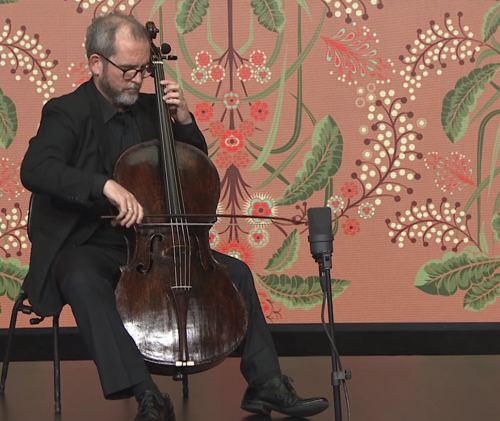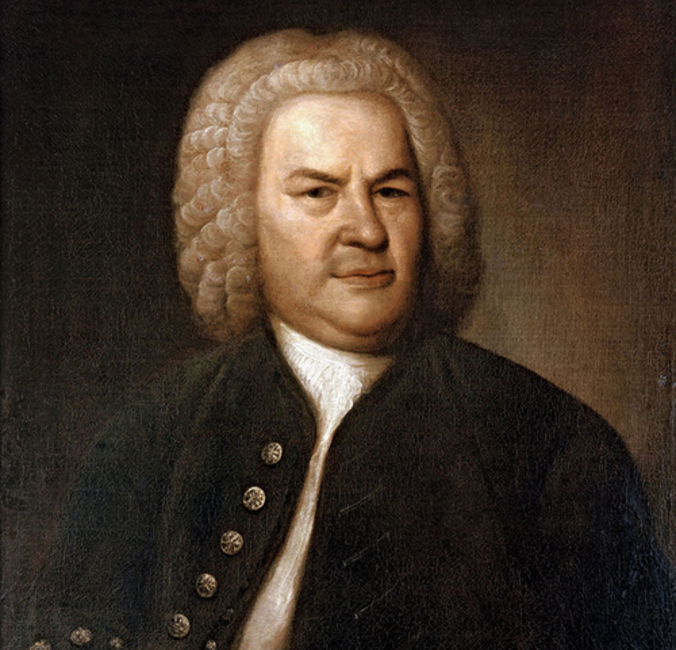Bach Series
Jamie Hey
Baroque Cello
BACH Nº 25
Jamie Hey performs the Prelude from Suite No. 1 in G major, BWV 1007

PROGRAM NOTES
Johann Sebastian Bach (1685-1750)
CELLO SUITE NO. 1 IN G MAJOR, BWV 1007
Prelude
Immediately recognisable, this opening movement from JS Bach’s Cello Suite No. 1 is one of the best-known pieces of all classical music repertoire, and an augur for the excellence of Bach’s collection of 6 cello suites as a whole. However, this contemporary perspective is the consequence of far more recent events than many may imagine.
During Bach’s lifetime, the cello was mostly considered an accompanying instrument and formed part of the basso continuo section. Despite their innovativeness, these suites for solo cello were essentially lost to the world and the instrument’s repertoire until a teenage Pablo Casals (1876-1973) rediscovered them in Barcelona. After many years of practice and several public performances, Casals eventually recorded this suite in Paris in June 1938, around the same time as the first mass arrest of Jews in Nazi Germany.
The Baroque concept of ascribing characteristics to keys formed a part of doctrine of rhetoric, a conceptual framework harkening back to the Greek trivium (grammar, logic, rhetoric). Developed during the 5th century BCE, the doctrine was more broadly used for organising language and delivering speech — a tool for mastering the art of persuasion. Johann Mattheson, one of the most abundant writers on performance practice and harmony of the German Baroque (and a close friend of George Frideric Handel), wrote the following of G major:
![]()
A key full of innuendo, of patter, of brilliance. It is also suitable for both serious and cheerful things.
JOHANN MATTHESON, 1681-1764
WHAT TO LISTEN FOR
Despite being copied over barely more than a page of Anna Magdalena’s manuscript, this particular movement encapsulates all of the above and much more, expertly rendered by the Australian Brandenburg Orchestra’s Principal Baroque Cello Jamie Hey. The initial serene joyfulness quickly develops into something more emotionally complex, leading listener and performer alike on a sublime journey.
Bach exploits subtle intervallic shifts over a pedal-like bass voice, gentling increasing the harmonic tension as he cycles through harmonic nuances across a ripple-like horizontal plane, eventually pulling us to the dominant (D major). Then, with equal deftness, the cello rises further, climbing back to G major and climatically opening up into its brilliant and sweet upper register. This is a complete showcase of the cello’s baritone-like sonorities.
Program Notes: Hugh Ronzani, 2023
Image Credit: Steven Godbee, 2020
Artists
{% error.message %}
More for you...
{% series.name %}
Featured Content
{% series.featuredTitle %}












